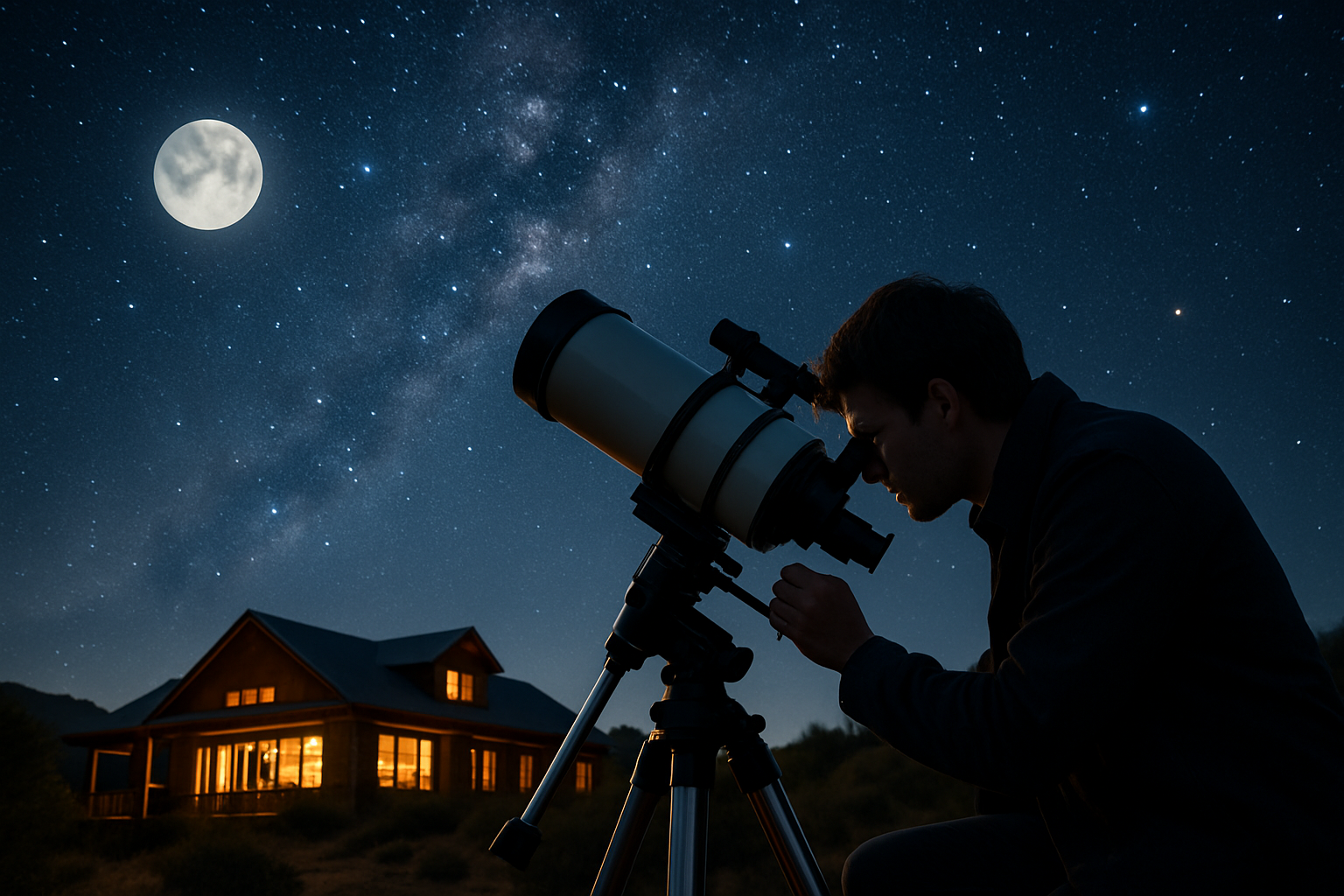Astro-Tourism: Stargazing Adventures in Dark Sky Destinations
Discover the celestial wonders that await in the world's darkest night skies. Astro-tourism is revolutionizing the way we experience the cosmos, offering travelers a chance to witness astronomical marvels far from light pollution. This emerging trend combines the thrill of exploration with the awe-inspiring beauty of the universe, creating unforgettable journeys that reconnect us with the stars above.

As urban areas continue to expand and light pollution increases, these dark sky destinations have become rare sanctuaries for stargazers and astronomy enthusiasts. From remote islands to high-altitude deserts, these locations offer unparalleled views of the Milky Way, planetary alignments, and even the elusive Northern Lights.
Top Dark Sky Destinations Around the Globe
Astro-tourism destinations span the globe, each offering unique celestial experiences. In the United States, the Natural Bridges National Monument in Utah was the first to receive the International Dark Sky Park designation. Its remote location and high elevation provide ideal conditions for stargazing.
Across the Atlantic, the Canary Islands have become a hotspot for astro-tourists. The island of La Palma, known as Isla Bonita, is home to the Roque de los Muchachos Observatory and offers guided stargazing tours that blend astronomy with local culture and cuisine.
In the Southern Hemisphere, New Zealand’s Aoraki Mackenzie International Dark Sky Reserve is a must-visit destination. Covering over 4,300 square kilometers, it’s one of the largest dark sky areas in the world, offering breathtaking views of the southern night sky.
The Science Behind the Stars
Astro-tourism isn’t just about pretty views; it’s a gateway to scientific understanding. Many dark sky destinations offer educational programs that teach visitors about astronomy, astrophotography, and the importance of preserving our view of the cosmos.
Observatories in these locations often allow public access, giving amateur astronomers the chance to use professional-grade equipment. The McDonald Observatory in Texas, for example, hosts regular star parties where visitors can view celestial objects through some of the world’s largest telescopes.
Understanding the phases of the moon, the best times for meteor showers, and the movement of planets adds depth to the astro-tourism experience. Many travelers plan their trips around celestial events, such as total solar eclipses or the Perseid meteor shower, turning their vacations into once-in-a-lifetime astronomical adventures.
The Impact of Astro-Tourism on Local Communities
The growth of astro-tourism has had a significant impact on the communities surrounding dark sky destinations. Many rural areas that previously struggled with declining populations and limited economic opportunities have found a new lease on life through this niche tourism sector.
Local businesses have adapted to cater to stargazers, offering specialized accommodations like glass-roofed igloos in Finland or star-beds in the African savanna. Tour operators have developed unique experiences that combine stargazing with local culture, cuisine, and natural attractions.
Moreover, the emphasis on preserving dark skies has led to increased environmental awareness and conservation efforts in these regions. Communities have implemented lighting ordinances and educational programs to maintain their dark sky status, benefiting both wildlife and human health.
Planning Your Astro-Tourism Adventure
Embarking on an astro-tourism journey requires careful planning to ensure the best possible experience. Timing is crucial, as factors like moon phases and weather conditions can greatly affect visibility. Many destinations offer prime viewing during specific seasons, so research is key.
Equipment is another important consideration. While many locations provide telescopes and binoculars, bringing your own can enhance the experience. Astrophotography enthusiasts should pack specialized cameras and tripods to capture the night sky in all its glory.
Lastly, respecting the environment and local communities is paramount. Many dark sky areas are in delicate ecosystems or culturally significant locations. Practicing responsible tourism ensures these magical places remain pristine for future generations of stargazers.
Celestial Travel Tips
-
Check the lunar calendar before booking your trip to avoid a full moon
-
Pack warm layers, as temperatures can drop significantly at night
-
Bring a red-light flashlight to preserve your night vision
-
Allow at least 20 minutes for your eyes to fully adjust to the darkness
-
Consider joining a guided tour for expert insights and access to the best viewing spots
-
Download a star-mapping app to help identify constellations and planets
As we gaze up at the vast expanse of the night sky, we’re reminded of our place in the universe and the wonders that surround us. Astro-tourism offers more than just a vacation; it’s a journey of discovery, wonder, and connection to the cosmos. By venturing to these dark sky destinations, we not only witness the beauty of the stars but also play a crucial role in preserving our view of the heavens for generations to come.





